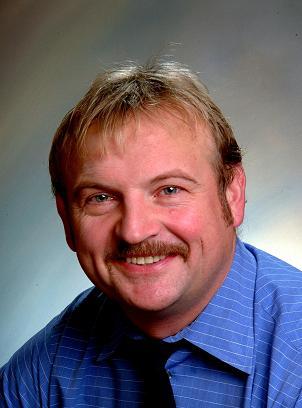

 Reference Site Map |
|
|

Stem cell research has advanced in parallel with the human genome project. This field of research is rife with ethical controversies but has the potential to advance medical treatment tremendously. Imagine being able to repair organs and rectify deficiencies by simply injecting a few specialized cells into the afflicted individual. Our bodies are composed of numerous types of specialized cells with specific functions. To understand this stem cell business, you have to go way back to those sex education classes where the sperm and egg were drawn to form a zygote on chalkboards. This zygote goes on to form an embryo which is a ball of identical looking cells. These simple embryonic stem cells form highly specialized cells arranged in specific shapes and with reproducible functions that altogether make up the human body. When you stop to think about it, it would almost seem miraculous to be able to repair damaged heart muscle, bone cartilage or even regenerate a kidney or pancreas. All it would take is a few of these stem cells programmed to grow into the appropriate tissue type and then seeded into the body, and presto, new healthy tissue. The obvious problem in using embryonic stem cells is how to ensure that the tissue intended to repair a kidney, for example, does not turn into liver tissue. One possible answer is to use adult stem cells. Many parts of our bodies contain small quantities of cells that are immature and capable of regeneration and function as a single cell type. The initial experiments investigating this were quite successful and performed over a decade ago. The process has been greatly improved and refined. It has developed to the point where there are numerous pure stem cell lines in existence around the world. Stem cell lines are capable of accurately reproducing the same type of tissue over and over again.
Why stop with repairing a few cells? Feeling old or suffer from widespread cancer? Why not just reproduce the entire body? The concept is simple, but technically difficult. First, you carefully pipette a healthy nucleus out of a cell and instill it into an egg that has had its own nucleus removed. It grows to produce an exact replica of the donor using the blueprints in the implanted nucleus, otherwise known as a clone, and there is no need to exchange genetic material using sperm and egg. Sorry guys, in this field there is no need for sperm at all! But this is where ethical concerns surface. For one thing, a steady supply of human embryos is required from which to extract cells. Some religious groups have distinct beliefs about the sanctity of an embryo, and manipulating or destroying them is not acceptable. There are also concerns about manipulating natural selection and introducing cross-species genetic contamination. Human stem cell lines are often maintained using mouse tissue. Ever since Dolly the sheep, cloning has become rampant in livestock in some parts of the world. There are strict guidelines found in many countries spelling out the limits within which this research can function. The advent of human cloning remains an uneasy concept for many.
I regularly read about new studies reporting advances of stem cell technology in humans. Most exciting is the work in leukemia where new blood cells derived from stem cells have been used to replace cancerous cells. Other advances in arthritis, heart disease, organ failure and retinal repair have also been reported. Stem cell research is a field where I expect to see major advances emerging soon.
Related resources: